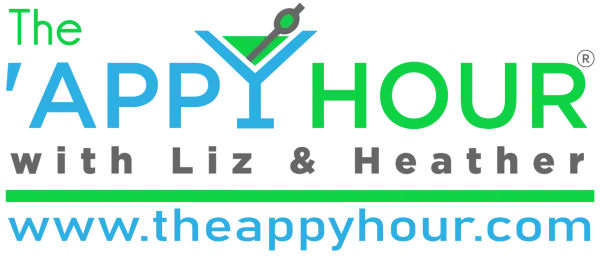If you’re running a cloud accounting firm you know that building an effective tech stack is crucial. It’s what allows you to streamline your workflows, improve your efficiency and provide better services to your clients. However, building a tech stack can be a difficult task, especially if you’re not sure where to start. Luckily, we’re here to help! In this blog post, we’ll provide you with some valuable tips for building an effective tech stack for your cloud accounting firm.
The importance of a core system:
Before you start selecting various tools for your tech stack, you need to establish a solid foundation. A core system is the foundation of any cloud accounting firm’s tech stack. It provides essential tools for communication, time management, information vetting, file sharing/redundancy, and creating and managing recurring projects. It’s important to select a core system that fits your business needs. Examples of core systems include Trello, Asana, and Basecamp.
Internal Tech Stack:
The internal tech stack includes the tools that help with managing internal processes and workflows. Examples of tools that can be included in the internal tech stack are Acuity Scheduling for appointments, Typeform for building forms, 17Hats for onboarding, Google Suite for communication and collaboration, Microsoft products, Plooto for payment processing, and Rewind Quickbooks backups. These tools are essential for making sure that your internal processes are running smoothly.
Accounting Tech Stack:
The accounting tech stack includes tools that help with managing accounting-specific workflows. Quickbooks Online is a must-have accounting program that helps with financial management. Dext (formerly known as Receipt Bank) is a document management tool that facilitates OCRs, expense reports, and document filing. Plooto is an AP/AR payments tool that helps with payment processing. Rewind Quickbooks backups is a backup tool that helps to ensure that data is protected.
The importance of Integrations:
When building a tech stack, it’s also essential to consider the various integrations that these tools offer. For instance, 17Hats integrates with Financial Cents, providing a more streamlined onboarding process. Additionally, QuickBooks Online has a vast ecosystem of integrated apps that can enhance its functionality, such as Bill.com, TSheets, and Expensify. By carefully considering integrations, you can ensure that your tools are working together efficiently and that you’re getting the most out of your tech stack.
Partnering with App Providers:
When partnering with app providers, it’s important to vet them carefully to ensure they align with the company’s values and security standards. This includes researching their user base, the sustainability of their business model, and pricing structure. A thorough evaluation of these factors can help to ensure that the app partner is a good fit for the company’s needs and values.
Strong Data Redundancy Processes:
Finally, it’s essential to have strong data redundancy processes in place to ensure the security and integrity of the business’s data. This includes backup and recovery systems and a disaster recovery plan in case of unexpected events.
In conclusion, building an effective tech stack for your cloud accounting firm involves selecting an appropriate core system, choosing the right tools for internal processes, and accounting-specific workflows, as well as carefully considering integrations. By implementing these tips, cloud accounting firms can leverage technology to streamline their workflows, improve efficiency, and deliver better services to clients. Remember, the goal of building a tech stack is to solve specific problems and improve processes, rather than merely adding unnecessary complexity. So, take your time and build a tech stack that works for your business needs!


